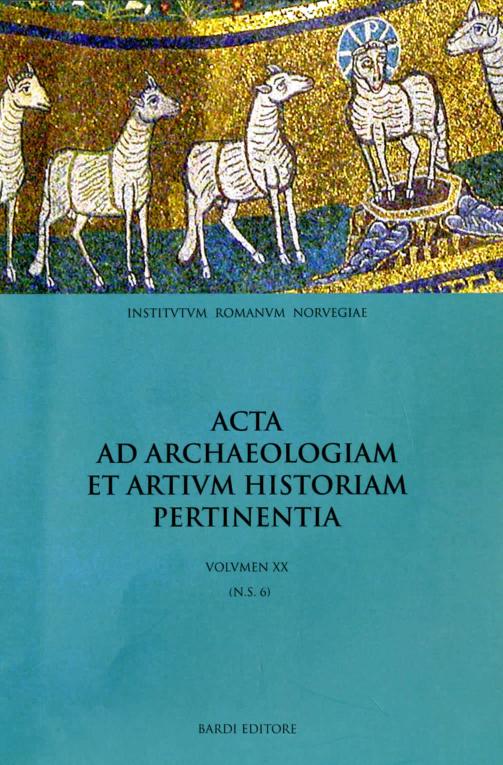Revival and Reality: The Carolingian Renaissance in Rome and the basilica of S. Prassede
DOI:
https://doi.org/10.5617/acta.5748Abstract
The monumental architecture of the early middle ages in Rome has long been explained as a revival of ancient architecture, specifically Constantinian basilicas, a theory first advanced by Richard Krautheimer in two seminal articles in 1942. This article seeks to explore other ways in which early medieval buildings were significant, taking as its focus the basilica of S. Prassede, built by Paschal I (817-24). Paschal’s church incorporated a very significant collection of martyrs’ relics, translated from the catacombs outside the city into the urban church. Paschal’s church was a saints’ shrine, a mausoleum for his mother, and a locus of a new kind of papal authority. These aspects of the significance of the building were generated more in function than in form.
How to Cite
Issue
Section
License

This work is licensed under a Creative Commons Attribution-NonCommercial 4.0 International License.
Authors who publish with this journal agree to the following terms:
- Authors retain copyright and grant the journal right of first publication with the work simultaneously licensed under a Creative Commons Attribution License that allows others to share the work with an acknowledgment of the work's authorship and initial publication in this journal.
- Authors are able to enter into separate, additional contractual arrangements for the non-exclusive distribution of the journal's published version of the work (e.g., post it to an institutional repository or publish it in a book), with an acknowledgement of its initial publication in this journal.
- Authors are permitted and encouraged to post their work online (e.g., in institutional repositories or on their website) prior to and during the submission process, as it can lead to productive exchanges, as well as earlier and greater citation of published work (See The Effect of Open Access).





